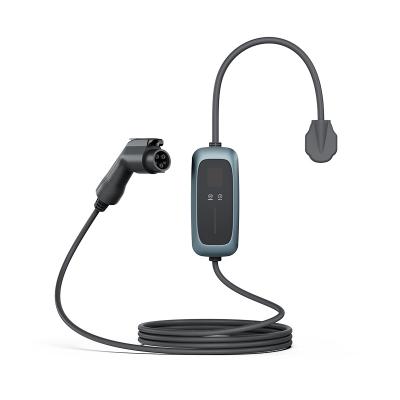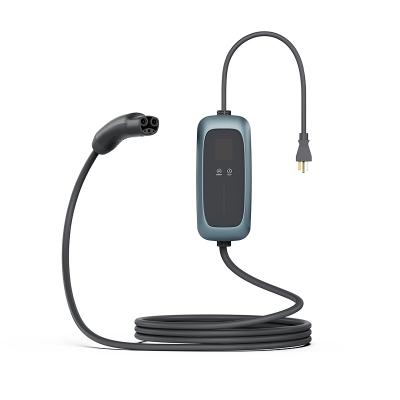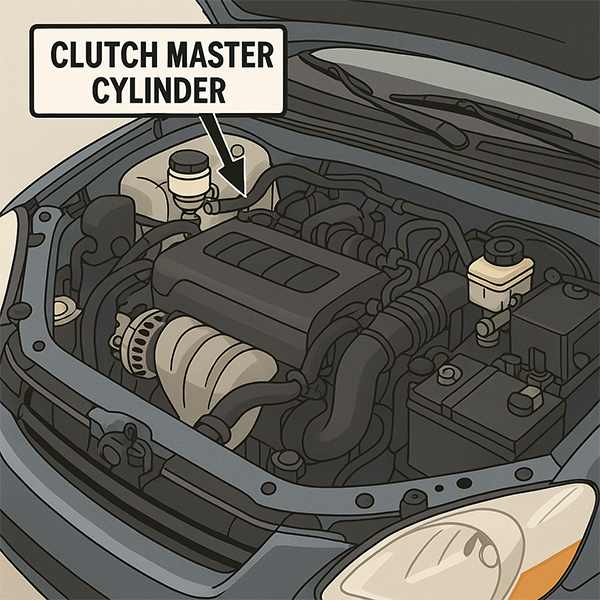Now that electric cars are becoming more and more popular, many friends are beginning to worry about a problem: what if they run out of power halfway? Especially for car owners who like self-driving tours or often travel long distances, the most fearful thing is that they can't find a charging station.
At this time, portable electric car chargers have become the savior of "range anxiety"!
What is a portable electric car charger?
Simply put, it is a charging device that can be carried with you. It is like an enhanced mobile power supply, but it charges your electric car instead of your mobile phone. Most of these devices are actually based on portable energy storage power supplies. With a dedicated charging adapter, they can "recharge" your electric car in an emergency.
Can it really charge?
The answer is: Yes! But it depends on the situation.
There are already some high-power portable electric car chargers on the market that can output 3.3kW or even higher power, and are compatible with many mainstream electric car brands. For example, if you drive a Tesla, BYD, Xiaopeng or Ideal, as long as it supports slow charging (AC charging), it can basically be used.
But it should also be noted that this type of charger is mainly used for emergency use, and may only charge for dozens of kilometers at a time to help you reach the nearest charging station.
Who is it suitable for?
- Friends who travel by car: You can rest assured wherever you go, even if there is no charging pile in the mountains or the countryside, you can still save the emergency.
- People who commute to work and live in old communities without fixed parking spaces: You may not be able to grab a charging pile at night, so it is very reassuring to have it as a backup.
- New energy vehicle owners' second car: If you don't want to install another charging pile, you can temporarily share a portable electric vehicle charger.
What should you pay attention to when using it?
- The capacity should be large enough: at least 10kWh of energy storage is required to replenish some effective power for the electric vehicle.
- The power is high enough: the output should be above 2kW, so that the charging will not be too slow.
- Strong interface compatibility: Try to choose products that support multiple head sockets.
- Safety protection function: It is more reassuring to have overcharge, overheating, and short circuit protection.
Portable EV chargers are not the ultimate solution to replace charging piles, but they are a good helper for you to "survive in desperate situations" at critical moments.
Especially for those who like to explore the unknown and often engage in outdoor activities, it is really a wise choice to have a portable electric car charger.










